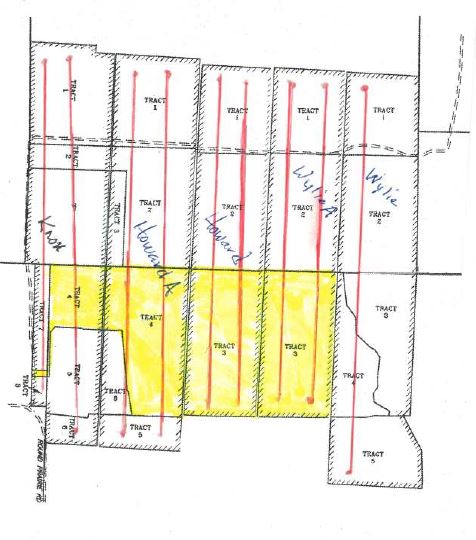The Texas Supreme Court has granted the plaintiffs’ petition to review a case important for Texas mineral owners, Hooks v. Samson Lone Star. I wrote about this case when it was decided by the Houston First Court of Appeals in 2011. The court of appeals’ opinion reversed a judgment for $21 million against Samson Lone Star in a case involving alleged bad-faith pooling and fraudulent misrepresentations by the Hooks’ lessee. The court of appeals threw out the judgment, holding that Texas Supreme Court precedent required it to hold that the Hooks’ claims were barred by the applicable statute of limitations.
The statute of limitations bars claims if they are not filed within four years (or two years for some claims) of the event that caused the damages or injury for which the claim is brought. In some cases, courts have excused the delay in filing claims if the damage or injury was not discovered until a later date. Under this “discovery rule,” the statute of limitation is “tolled” until the plaintiff discovered or, with reasonable diligence, should have discovered, her injury. Also, courts have held that the statute of limitations is tolled where the defendant fraudulently conceals the facts giving rise to the damage or injury.
Over the last several years, the Supreme Court has severely narrowed the circumstances under which plaintiffs can invoke the discovery rule or claim fraudulent concealment to toll limitations on a claim, particularly in suits by mineral owners against their lessees. In Exxon v. Emerald in 2009, the Supreme Court reversed an $18 million judgment against Exxon on the basis that the mineral owners’ claims were barred by limitations — despite an express finding by the jury that the plaintiffs had filed their claim within four years after they discovered or should have discovered Exxon’s fraudulent conduct. In 2011, the Supreme Court in BP v. Marshall overruled a jury verdict in favor of royalty owners, holding that their claim was barred by limitations as a matter of law even though the jury had found that the lessee had fraudulently concealed the facts and that the plaintiffs had no reason to discover the true facts until less than two years prior to filing suit.
 Oil and Gas Lawyer Blog
Oil and Gas Lawyer Blog


